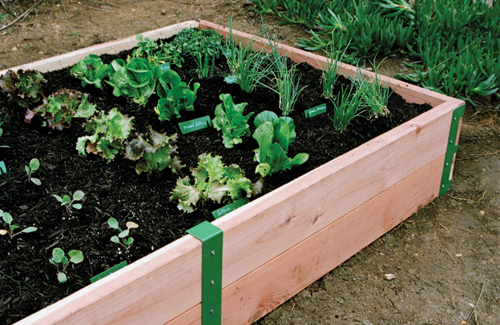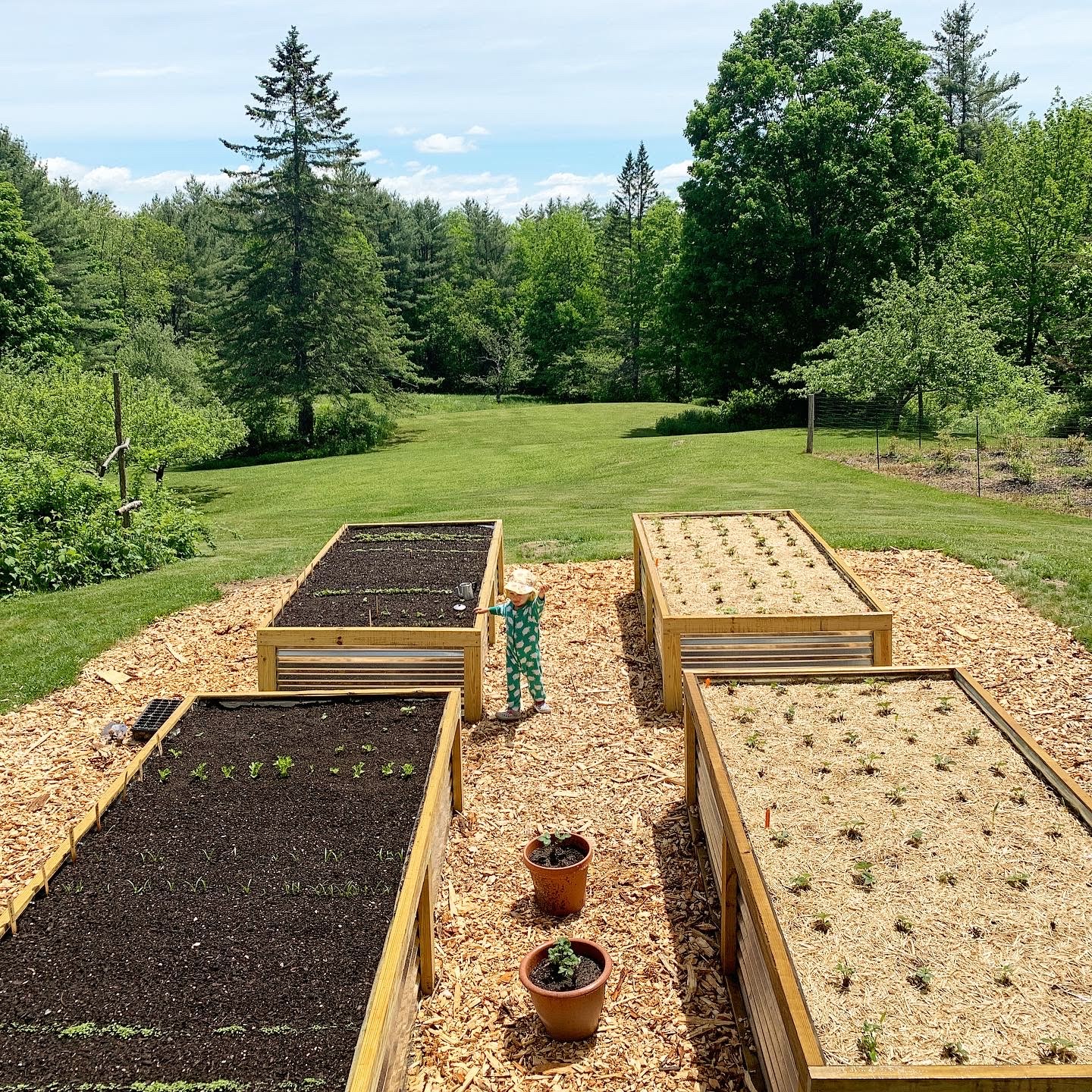The Benefits of Homestead Gardening
The Benefits of Homestead Gardening
Blog Article
Discover Crucial Tips for Successful Gardening Techniques and Practices
By prioritizing vital aspects such as soil wellness, reliable watering techniques, and appropriate plant option, garden enthusiasts can produce a flourishing ecosystem that sustains lively growth. Many fanatics ignore vital details that can make or damage their gardening success-- discovering these ignored elements may expose the key to growing a growing yard.
Comprehending Soil Health And Wellness
Dirt health and wellness is a fundamental facet of successful horticulture, as it directly affects plant growth, vitamins and mineral accessibility, and community equilibrium. Healthy dirt is defined by an abundant biodiversity of microorganisms, raw material, and a well balanced pH level, which together create an atmosphere for plant advancement.
To recognize soil wellness, one must consider its physical, chemical, and organic residential or commercial properties. The appearance and structure of dirt influence its ability to preserve moisture and nutrients, while the chemical structure establishes the availability of necessary elements like phosphorus, potassium, and nitrogen. Regular soil screening is crucial to evaluate these aspects, permitting garden enthusiasts to make informed decisions concerning plant foods and amendments.
Furthermore, promoting organic task within the dirt is essential for maintaining its health. Practices such as composting, crop rotation, and using cover plants can boost microbial variety, boost nutrient biking, and lower soil disintegration. By focusing on dirt wellness, garden enthusiasts not just maximize plant development but also contribute to a sustainable ecosystem, making sure that their gardening techniques are eco accountable and resistant with time.
Reliable Sprinkling Methods
Making sure that plants get the proper amount of water is important for their health and wellness and development, especially when coupled with a solid structure of dirt health and wellness (Homestead Gardening). Efficient watering techniques can significantly influence plant vigor, minimizing water waste and promoting optimal growth
One basic technique is deep watering, which motivates roots to expand deeper right into the soil, boosting dry spell resistance. This technique commonly includes sprinkling less frequently however in larger amounts, allowing dampness to penetrate the origin zone extensively. Timing is also essential; morning is the suitable time to water, as it minimizes dissipation and allows vegetation to completely dry during the day, lowering disease threats.
Additionally, employing compost can help maintain dirt moisture and manage temperature level, further helping efficient watering methods. Making use of a drip watering system can also give targeted wetness straight to the roots, guaranteeing that water gets to where it's most needed while saving sources.
Keeping an eye on rains and soil wetness degrees can lead adjustments in your watering routine, making certain plants receive constant hydration without over-saturation. By embracing these reliable sprinkling techniques, gardeners can promote a growing setting for their plants to thrive.
Plant Option and Positioning
Exactly how can the ideal plant choice and tactical placement transform a yard right into a prospering ecological community? When picking plants, take into consideration aspects such as climate, soil kind, and sunshine direct exposure. Homestead Gardening.
Strategic placement involves arranging plants according to their development behaviors and requirements. Taller plants must be positioned at the rear of boundaries to avoid shading much shorter plants. Furthermore, grouping plants with comparable water and light demands can improve their growth and lower competitors for resources.
Including a variety of plants not only includes aesthetic appeal however also advertises biodiversity, drawing in valuable pests and pollinators. Take into browse around these guys consideration the seasonal modifications in your garden; pick a mix of perennials, evergreens, and annuals to ensure year-round passion.
Lastly, bear in mind to evaluate the fully grown size of plants prior to planting to stay clear of congestion and ensure ample air flow. Thoughtful plant option and tactical positioning create an unified environment, enabling your yard to thrive while decreasing difficulties.
Parasite and Illness Monitoring
Effective bug and condition administration is crucial for maintaining a healthy and balanced yard ecological community - Homestead Gardening. A positive strategy, combining cultural, organic, and chemical strategies, can considerably lower the impact of insects and illness on your plants

Organic controls, such as presenting beneficial insects like ladybugs or predacious mites, can keep bug populaces in check without hurting the atmosphere. In addition, keeping plant wellness with appropriate watering, fertilizing, and trimming will strengthen their strength versus conditions.
When treatment is essential, go with targeted chemical therapies, making certain to adhere to application standards to lessen damage to non-target organisms. Always prioritize lasting techniques, as they advertise long-lasting garden health and ecological equilibrium. By incorporating these methods, gardeners can efficiently manage insects and diseases, guaranteeing prospering plants and an efficient garden.

Seasonal Upkeep Practices
During each season, implementing targeted upkeep techniques is critical for maximizing garden health and productivity. In springtime, emphasis on soil preparation by testing pH degrees and including required amendments. This is also the ideal time to use fertilizers and mulch to preserve wetness and suppress weeds. Regularly evaluate emerging plants for insects and diseases.
As summer strategies, guarantee adequate watering while monitoring content for indications of stress or condition. Prune back disordered plants to urge air circulation and minimize humidity around foliage. This practice not only improves plant wellness but additionally promotes blooming and fruiting.
With the arrival of fall, it's time to get ready for winter months. Clean up dropped leaves and particles to avoid parasite invasions, and take into consideration planting cover crops to improve dirt health. This period is additionally optimal for splitting perennials and growing spring-flowering bulbs.
Final Thought
Effective gardening hinges on the combination of sound practices in soil health, watering, plant option, parasite monitoring, and seasonal upkeep. By prioritizing soil testing recommended you read and microbial variety, utilizing reliable sprinkling methods, and choosing suitable plants, gardeners can create growing ecological communities.
By focusing on necessary aspects such as soil wellness, efficient watering approaches, and ideal plant option, gardeners can create a growing ecological community that supports vibrant development. By prioritizing soil wellness, gardeners not just enhance plant growth but additionally add to a sustainable ecological community, making sure that their gardening techniques are resilient and eco responsible over time.
Taller plants need to be positioned at the back of boundaries to protect against shading much shorter plants. Clean up dropped leaves and debris to protect against insect problems, and think about growing cover crops to enhance dirt health and wellness.Effective gardening hinges on the assimilation of sound techniques in soil health and wellness, watering, plant selection, bug monitoring, and seasonal maintenance.
Report this page